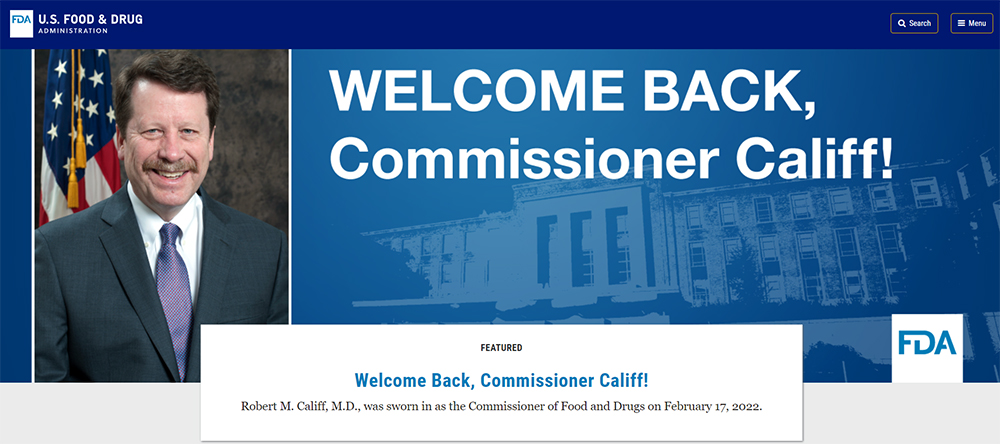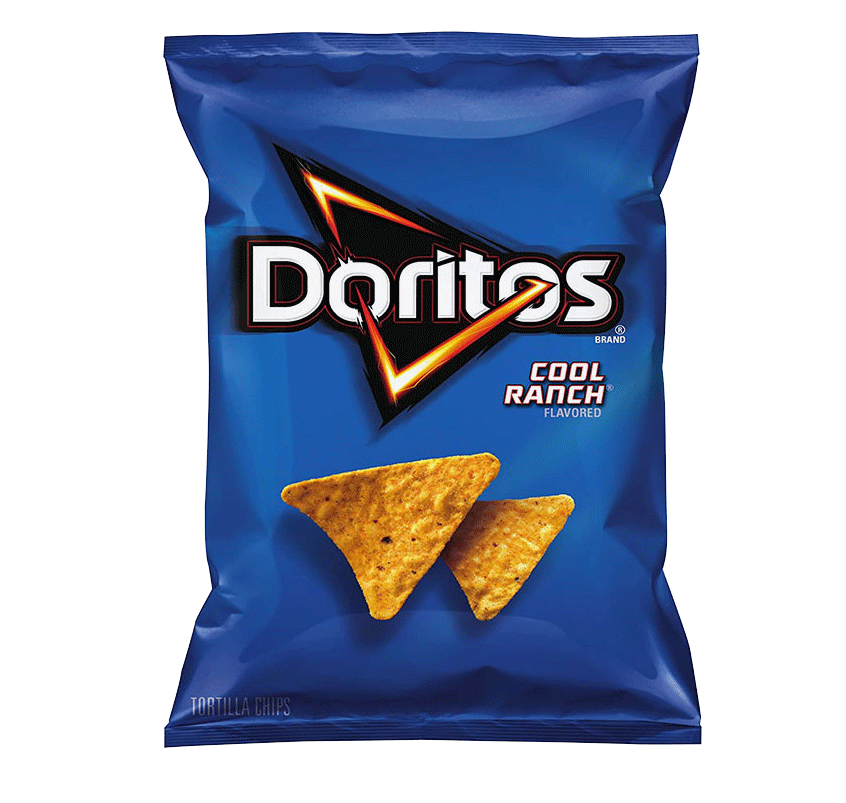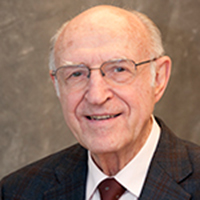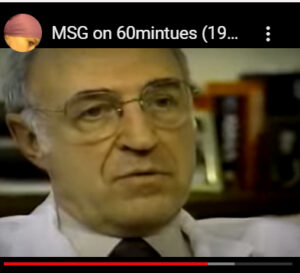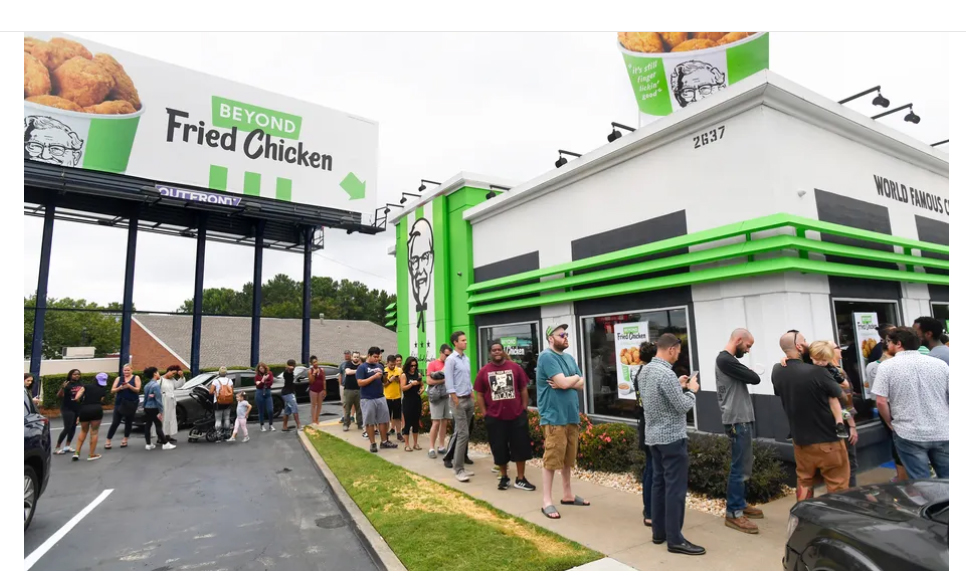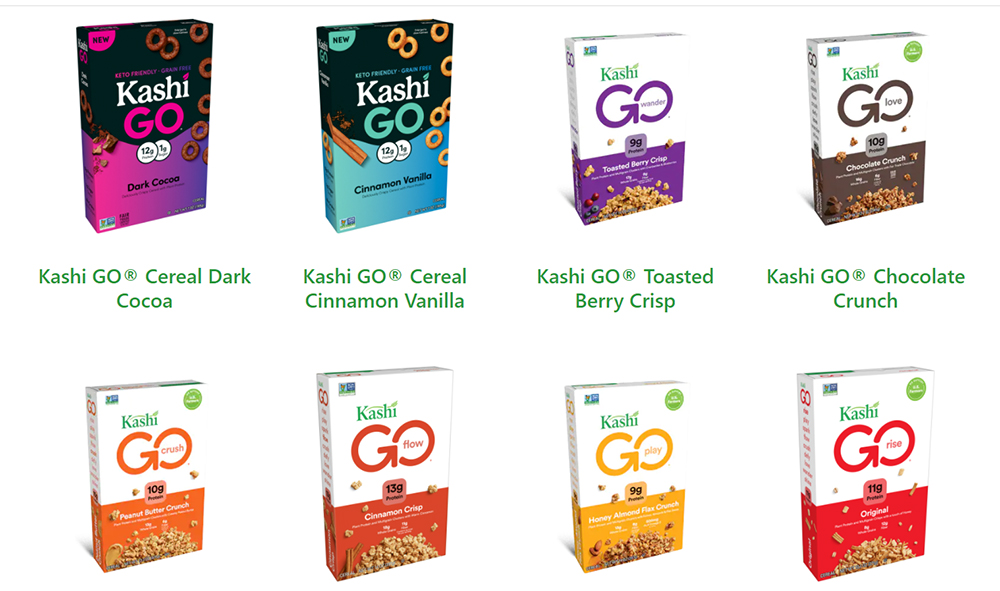Type 2 Obesity is the intractable, unyielding obesity that follows when excessive amounts of a toxic chemical:
1. Are ingested by pregnant women,
2. Are “fed” through the placenta to their fetuses,
3. Destroy brain cells in the fetus that would have played a role in weight control.
Check it out. The data are published.
The obesity epidemic was set in motion when virtually unlimited amounts of brain damaging flavor enhancers were added to practically every processed food and snack.
History paints a clear picture of the obesity epidemic timeline.
- Prior to 1957, there had been no reports of food-induced adverse reactions to flavor-enhancers, no studies demonstrating food-induced brain damage, no obesity epidemic, no infertility crisis, and the incidence of glutamate-induced abnormalities had not yet begun to skyrocket.
- 1957 was the year that a new and improved method for producing virtually unlimited amounts of the excitotoxic – brain damaging – (manufactured) free glutamate (MfG) was put into production.
- 1960 was the year that increased obesity began to be noticed. 1960-62 saw the first statistics kept on numbers of overweight people.
- In 1969, the first studies documented the fact that brain cells were destroyed following intake of substantial amounts of MfG. In that year, the first of many animal studies were published demonstrating that MfG causes brain lesions in the area of the brain responsible for appetite and satiety (i.e. weight control). Those studies documented the fact that brain cells were destroyed following intake of substantial amounts of MfG, that ablated brain cells were not replaced with neurons, and that the obesity manifested by those animals became evident as they reached maturity.
- By the mid-1970s, obesity had reached epidemic proportions.
And that’s the evolution of the obesity epidemic: Excessive amounts of free glutamate ingested by pregnant women are passed to their fetuses where it causes brain lesions in the arcuate nucleus followed by gross obesity.
Adrienne
RESOURCES:
Glutamic acid: initiator of the obesity epidemic (data)
https://www.truthinlabeling.org/assets/obesity_review_shortened_final_with_reference.pdf
Getting to the root of obesity (an overview)
https://www.truthinlabeling.org/assets/MASTERS_Perspective.pdf
How I know what I know about the obesity epidemic
https://www.truthinlabeling.org/assets/obesity_how_i_know.pdf
Seven lines of evidence leading to the conclusion that manufactured free glutamate, no matter where it is found, is toxic:
- Review of data that demonstrate that glutamate in human tissue becomes excitotoxic – brain damaging – when present in amounts that exceed what a healthy person needs for normal body function
https://www.truthinlabeling.org/assets/seven_lines/Seven_Lines_Line1.pdf
- Review of animal studies done in the 1970s that have demonstrated the toxicity of MSG and MfG: evidence that the glutamate in MSG and other flavor enhancers and protein substitutes becomes excitotoxic – brain damaging – when present in amounts that exceed what a healthy subject needs for normal body function.
https://www.truthinlabeling.org/assets/seven_lines/Seven_Lines_Lines2.pdf
- Review of animal data offered inappropriately as evidence that MSG is harmless
https://www.truthinlabeling.org/assets/seven_lines/Seven_Lines_Lines3.pdf
- Review of Alerts from independent researchers warning of dangers posed by ingesting MSG.
https://www.truthinlabeling.org/assets/seven_lines/Seven_Lines_Line4.pdf
- Review of human studies that have demonstrated the toxicity of MSG – and some thoughts on why there are so few of them
https://www.truthinlabeling.org/assets/seven_lines/Seven_Lines_Line5.pdf
- Review of glutamate industry human studies rigged to produce negative results
https://www.truthinlabeling.org/assets/seven_lines/Seven_Lines_Line6.pdf
- Thank you letters from people helped by information on the webpage of the Truth in Labeling Campaign
https://www.truthinlabeling.org/assets/seven_lines/Seven_Lines_Line7.pdf




